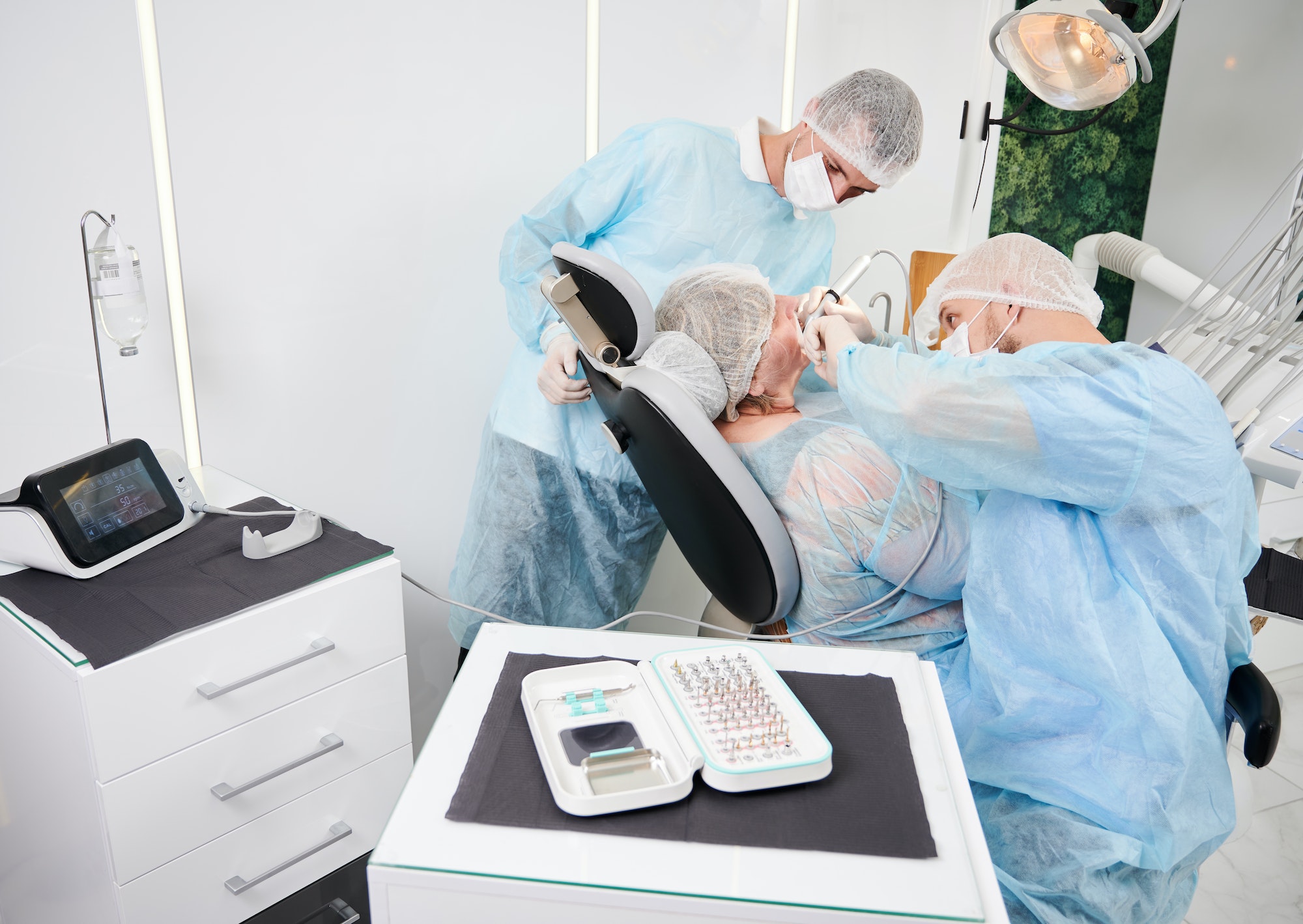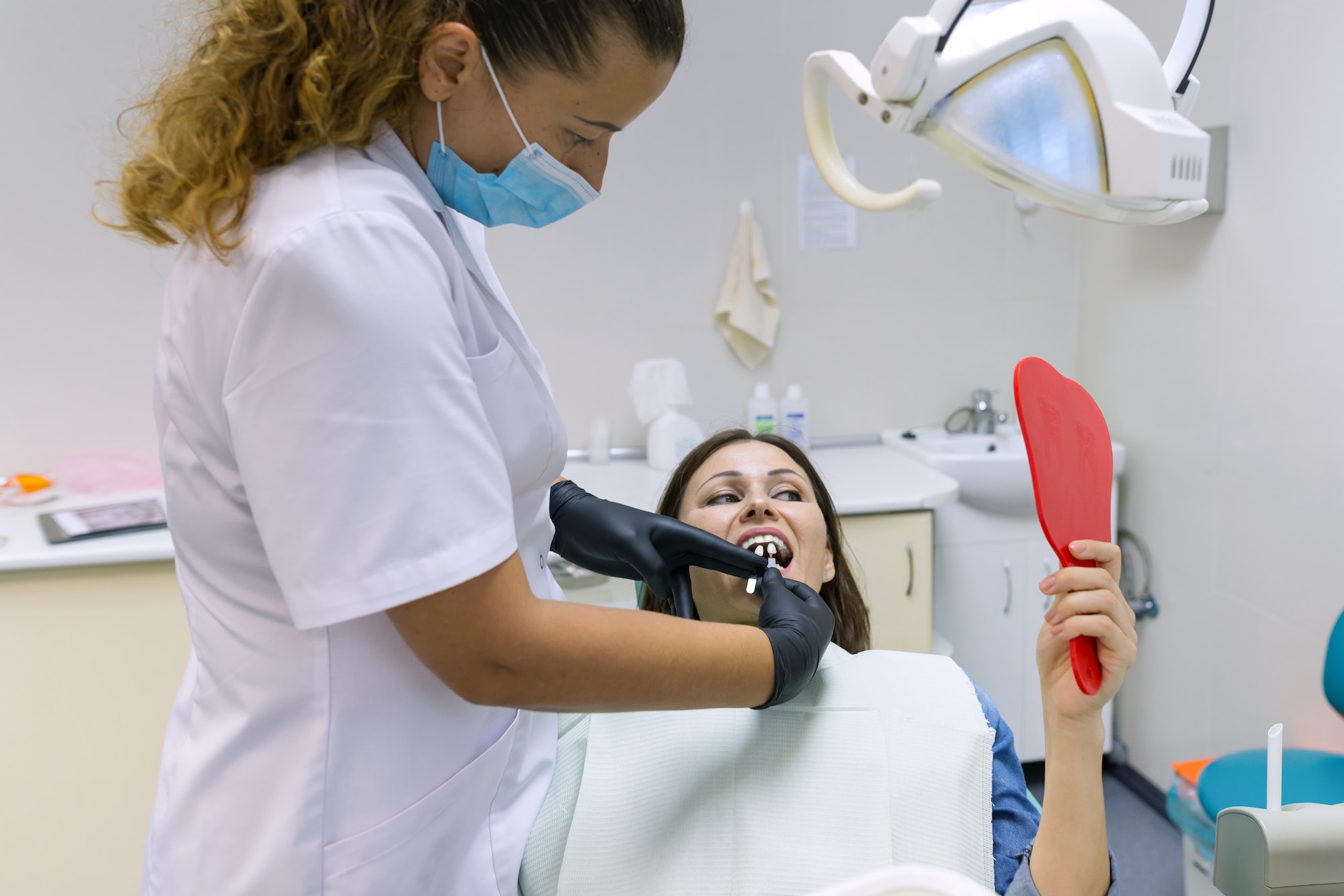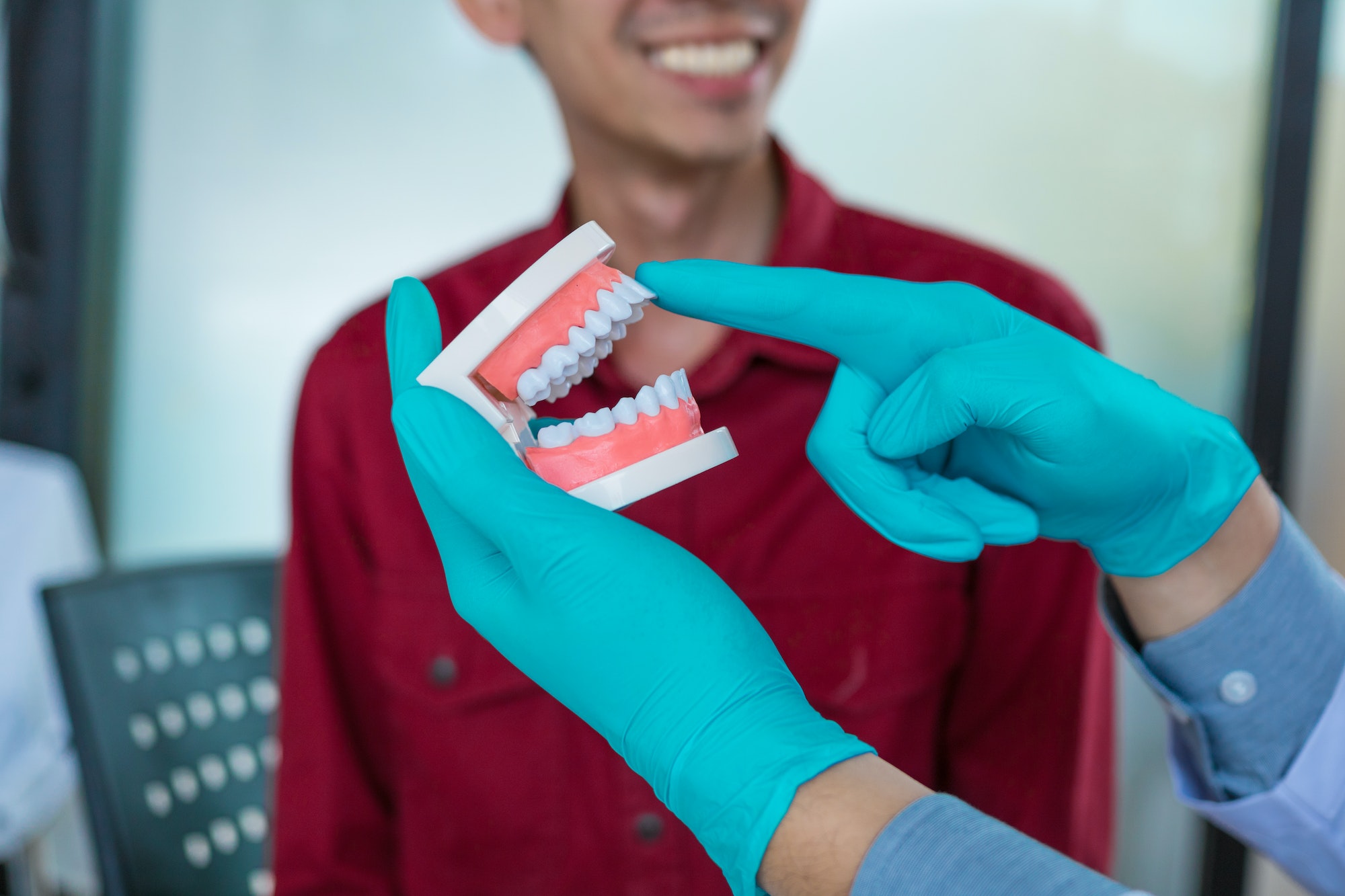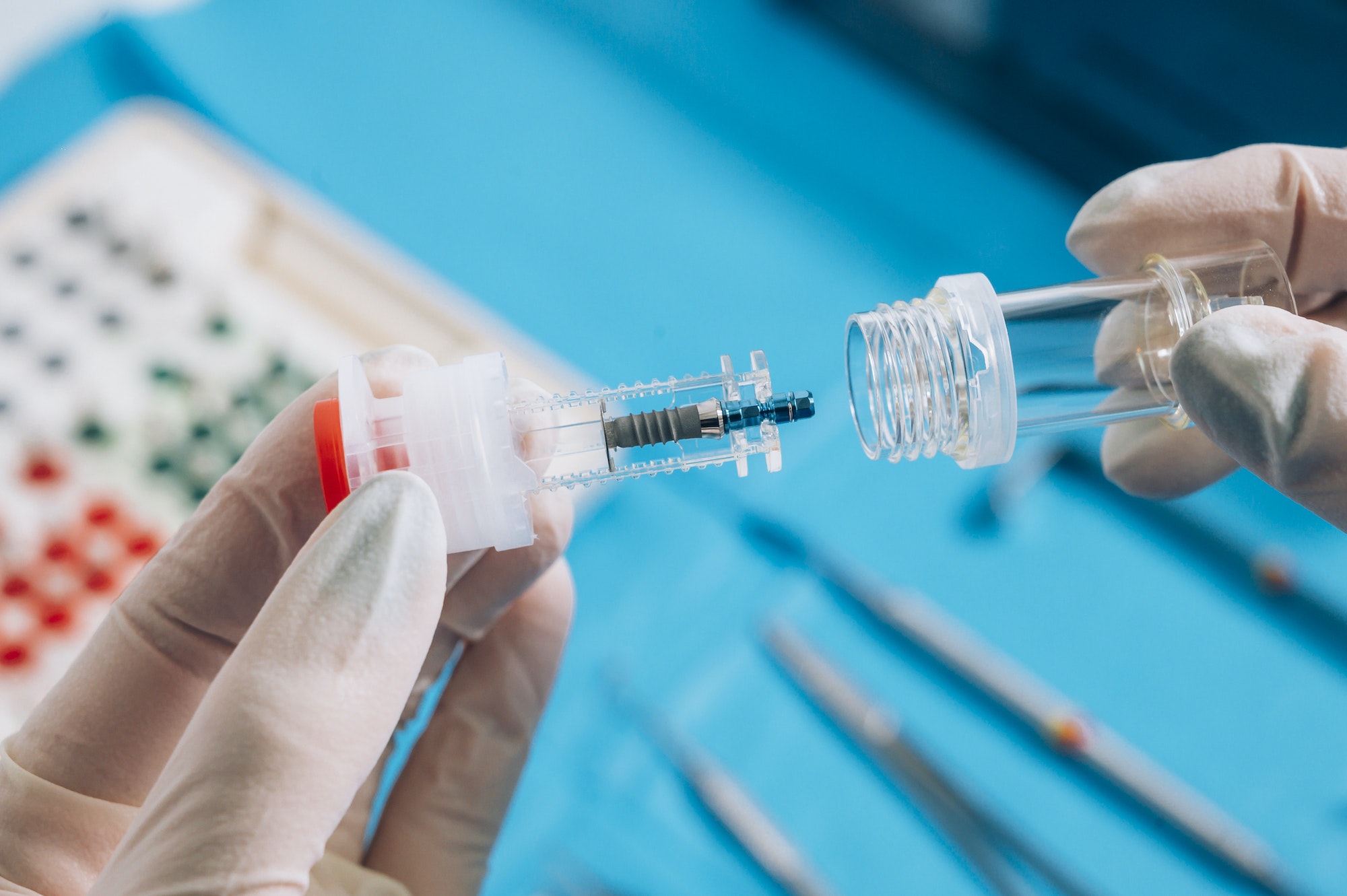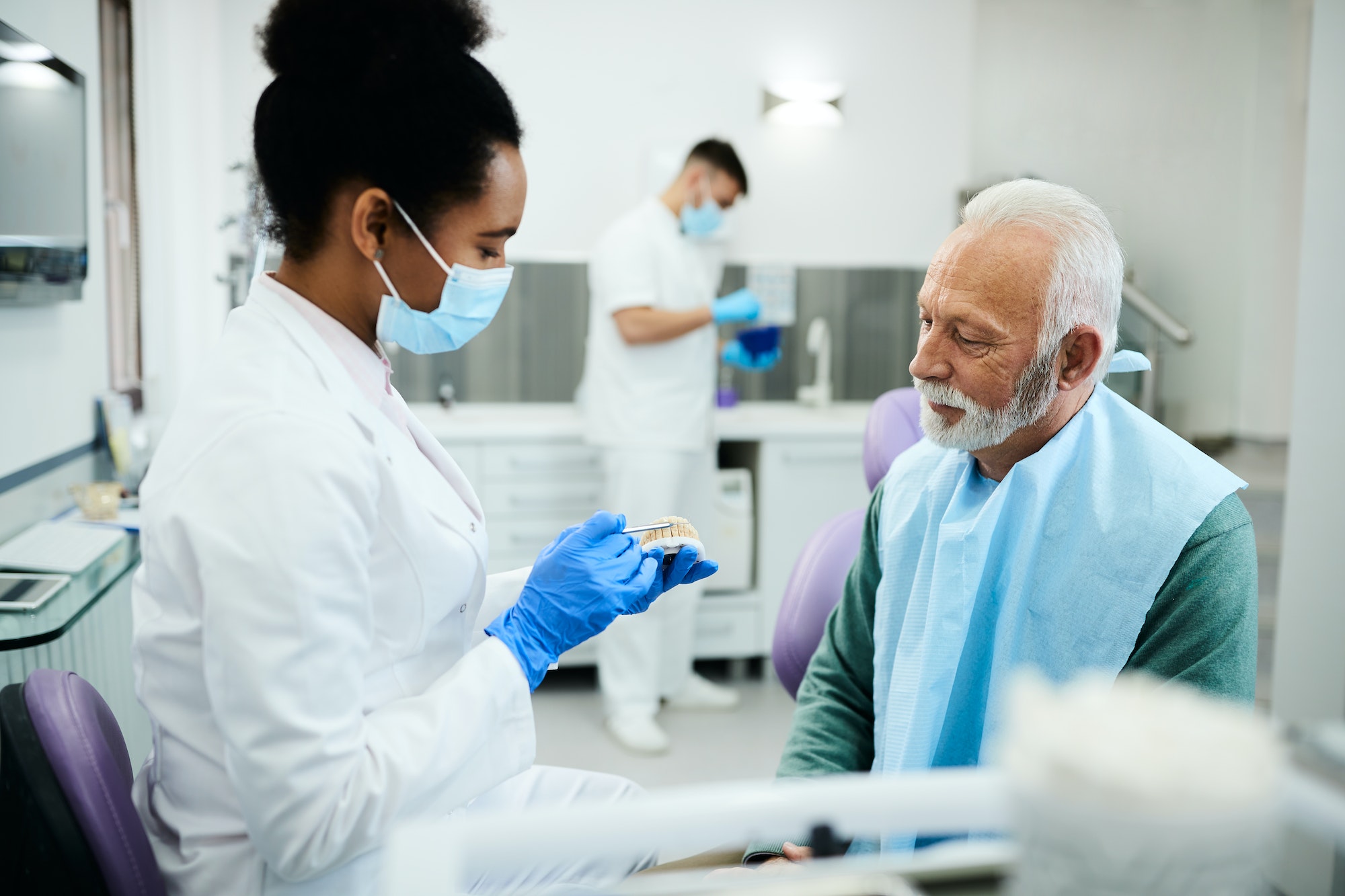If you’re at all familiar with dental implant technology, you probably know that implant posts are placed directly in the jawbone. In order to properly accommodate the implant post (and offer a reliable foundation for the artificial tooth that is later attached to the top of the post), the jawbone must be of a certain quality and condition. If your jawbone is inadequate, your implants will not stabilize properly, and therefore have a higher chance of failing.
If you do not have adequate jawbone, you can still find success with dental implants. Oral surgeons rely on bone grafting to enhance the jawbone and prepare it for implant placement. How will you know whether you need bone grafting to accommodate dental implants? Orlando oral and maxillofacial surgeon Ronald Trevisani will evaluate your jawbone during your initial implants consultation using tools like X-rays and scans. He will also discuss your medical history with you and inquire about any previous surgeries or injuries. Then, he will make his recommendations.
You may need bone grafting prior to implant placement if:
• Your jawbone is not wide or high enough to accommodate an implant post.
• Your jawbone is not thick enough to accommodate an implant post.
• Gum disease (or another type of disease) has compromised the condition of your jawbone.
• A jaw injury has affected the bone.
• You’ve had one or more teeth removed and lost bone as a result.
• A developmental defect has affected your jawbone.
• You’ve had a cyst or growth removed from your mouth and lost bone as a result.
Bone Grafting Options
The most popular ways to graft bone are: 1) using your own bone from a donor location, or 2) using a synthetic material.
If Dr. Trevisani decides it’s best to use your own bone, the most common donor areas to graft from are the back of the mouth, chin, hip or knee. Bone grafting is a delicate and precise procedure that is performed using state-of-the-art techniques to minimize trauma and maintain the integrity of the donor bone.
If Dr. Trevisani decides a synthetic bone graft is better than using your own bone, the bone graft material will most likely be composed of calcium sulfate and/or hydroxyapatite. These materials are biocompatible and have a very high chance of success.
Learn More about Bone Grafting for Dental Implants
Contact Dr. Trevisani, who offers dental implants in Orlando, to schedule a consultation and discuss your case. He can explain your bone grafting options in greater detail and answer any questions you may have.



